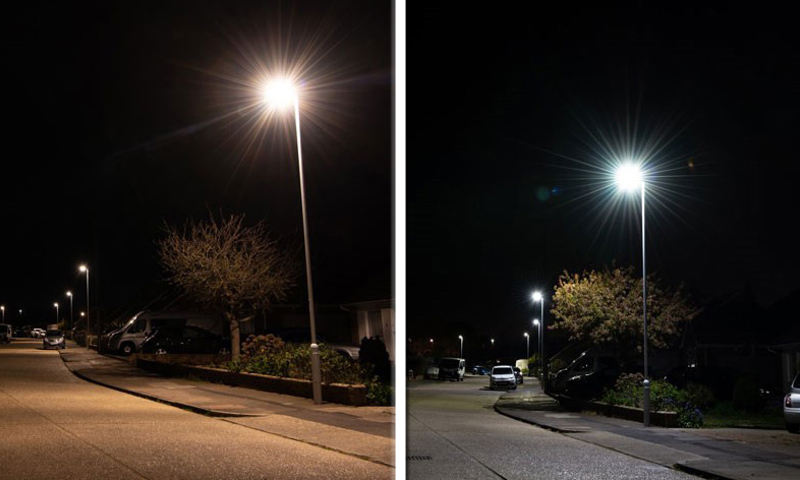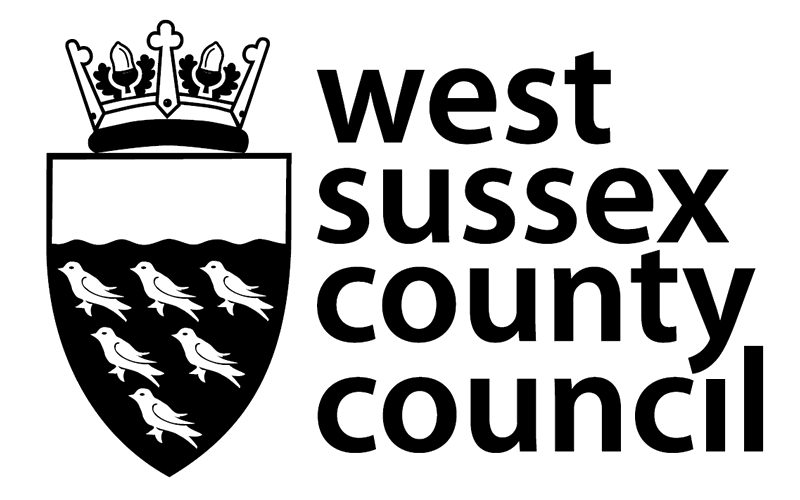1 Background
In April 2010, West Sussex County Council (WSCC) began a 25-year private finance initiative (PFI) street lighting contract with Tay Valley Lighting and its operating subcontractor, Enerveo.
The catalyst to this was that our ageing stock required significant investment to enable the council to continue to deliver a sustainable and efficient lighting system. Our aim was to:
- replace most of the ageing street lights, illuminated signs and bollards over the initial five-year period
- introduce economic benefits by designing roads to the latest specifications
- reduce the equipment where possible.
Back in 2010, LED technology was not affordable and, more importantly, reliability was unproven. WSCC and other authorities entering a PFI at this time chose to go with more reliable lanterns that still delivered energy savings of around 25 per cent over the previous equipment. During this period the street light lanterns were changed to the most efficient and reliable units available at that time.
Since 2010, technology has advanced, energy cost has significantly increased and there is additional pressure and desire to reduce the impact on the environment.
It is now considered a viable option to replace traditional lighting with LED equipment. The new LEDs generate the same light output with considerable less energy usage. They also have a greatly extended life compared to the traditional lanterns that require a lamp change every four years.
There are currently approximately 2,200 LED lanterns in use around West Sussex, with the majority of the South Downs National Park converted to assist in achieving the Dark-Sky Policy Plan. These LED units have achieved the same lighting levels as the traditional lanterns and have had no reported issues or associated maintenance concerns.
2 Why we are doing this work
Streetlights are the third biggest consumer of energy and creator of carbon for the County Council. Converting streetlights to LED will significantly reduce both our use of electric and creation of carbon, helping us reach our target to become a carbon neutral organisation by 2030.
It will reduce electrical consumption and carbon emissions. The reduction in energy used will lower revenue costs and contribute to our carbon emission-saving targets.
Additionally, increasing pressure on the WSCC maintenance budget, coupled with ongoing increases in energy costs, has required us to develop strategies to ensure that street lighting can be maintained.
LED street lighting is now the mainstay of industry suppliers; this has led to the reduction in cost of new equipment and in most cases LED lanterns are now cheaper than conventional lighting. LED lanterns are also much more efficient and usually deliver at least a 50 per cent energy saving.
The implementation of a LED conversion programme will give WSCC the opportunity to reduce:
- the frequency of routine maintenance and the number of visits and associated traffic management required - this will have a direct effect on the amount of disruption to the highway network and reduce the monthly revenue spend
- upward light emissions in support of the Dark-Sky Policy Plan. Due to the design of the LED lanterns, there is a cleaner cut-off of light, ensuring the light is directed where required. However, this cannot be quantified as the upward light will be affected by reflections off the road surface and other objects.
This will help us save money, and the reduction in visits will reduce the need for traffic management and the resultant traffic delays.
These benefits, along with the installation of a central management system (CMS), will reduce energy consumption, improve energy monitoring and bring maintenance savings that will enable WSCC to recover the cost of this project within 13 years.
3 What we are doing
The project will replace all the West Sussex County Council-owned street lights that are not already LED.
This equates to 65,249 lanterns.
Only the lanterns (the light emitting bit at the top) are being changed, so there will be no relocation of lamp posts as part of this project. All roads will be required to be designed to standards that ensure that roads are lit in the most efficient way.
During the lantern change a central monitoring system (CMS) will be installed. This is mounted on the lantern and replaces the unit that used to switch the lantern on or off depending on the light level.
4 The project
The replacement of the existing lanterns with LED lanterns will commence July 2022 and is planned take four years to complete.
The implementation will begin in the area where street lighting uses the most energy and then will move through the county to ensure efficient future maintenance.
You can find the programme which identifies the areas and approximate timescales for the conversions on the next page

5 Programme delivery and progress
The project is divided into six monthly periods known as 'gateways'. You can view these geographically on the following map:
The information when an area is due to be converted can be found on the delivery programme:
During the project we will be looking for opportunities to accelerate the programme to realise the carbon saving sooner.
6 FAQs
View our FAQsTo report a fault with any new or existing lighting, visit our West Sussex Street Lighting Services website.

